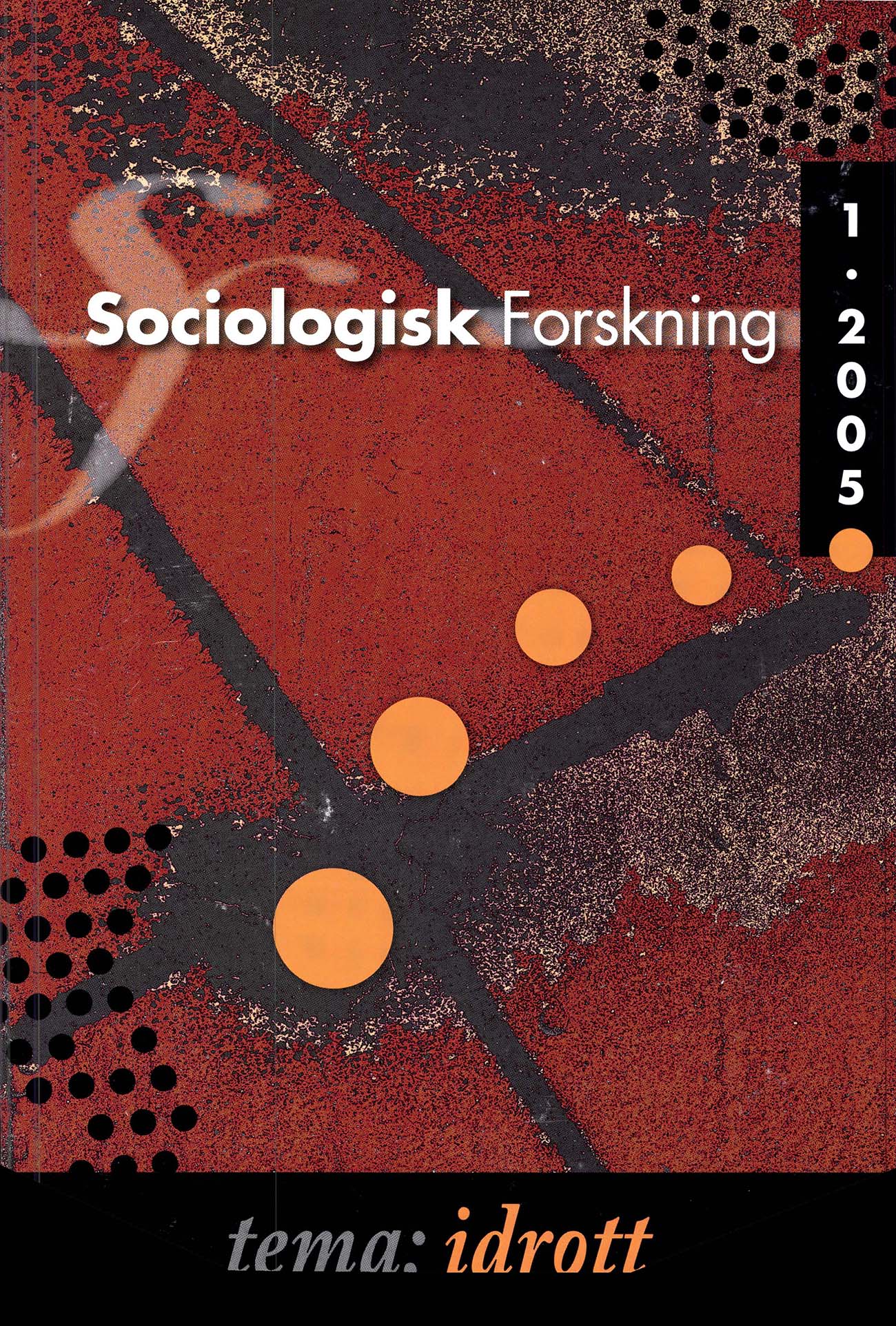Hälsoutvecklingen i Sverige 1980-2001
DOI:
https://doi.org/10.37062/sf.42.19327Nyckelord:
health, Sweden, latent class analysisAbstract
The article analyses the general health development in Sweden, 1980-2001. Data comes from Statistics Sweden’s annual survey on living conditions (ULF). By the means of Latent Class Analysis, the aims of the article are the following: (1) to describe how various health indicators are structured together and thus forming different patterns of health-profiles, (2) to show how these health-profiles change over time, and (3) to analyze how the links between health-profiles and demographic characteristics change over time. The empirical analysis consists of two parts. In the first part, the structure of health and its development over time are analyzed. The second part focuses on health developments over time for different demographic groups. The following conclusions are drawn. During the studied period, the health of the Swedish population has decreased, particularly during the latter part of the 1990s. This general pattern holds for most demographic groups. There are some notable exceptions. For social class and age, data shows that the health situation over time has worsened significantly for the service classes and the young compared to the working class and the elderly. Most of the decrease in health observed over time is explained by increased rates of psychological and psychosocial ill-health.
Downloads
Publicerad
Referera så här
Nummer
Sektion
Licens
Allt material i Sociologisk Forskning publiceras med omedelbar öppen tillgång (open access), under Creative Commons-licensen CC BY-NC-ND 4.0.
Allt innehåll i tidskriften är fritt tillgängligt utan kostnad och får för icke-kommersiella syften fritt läsas, laddas ned, kopieras, delas, skrivas ut och länkas. Innehållet får dock inte ändras. När innehållet används måste författare och källa anges. Upphovsrätten till innehållet tillhör respektive författare. Inga publiceringsavgifter tas ut.





